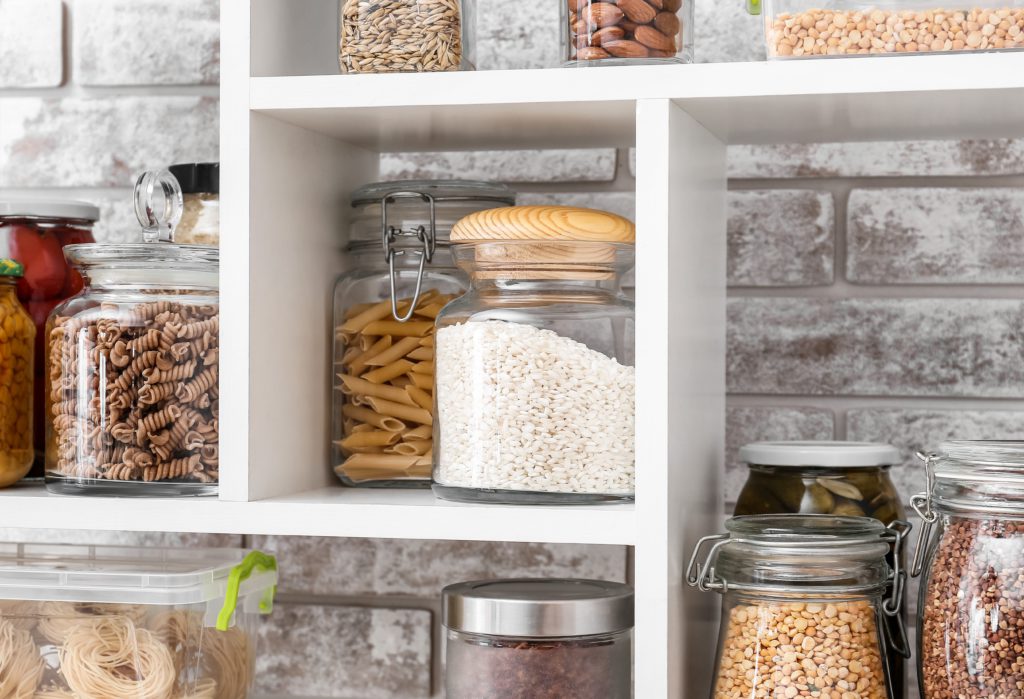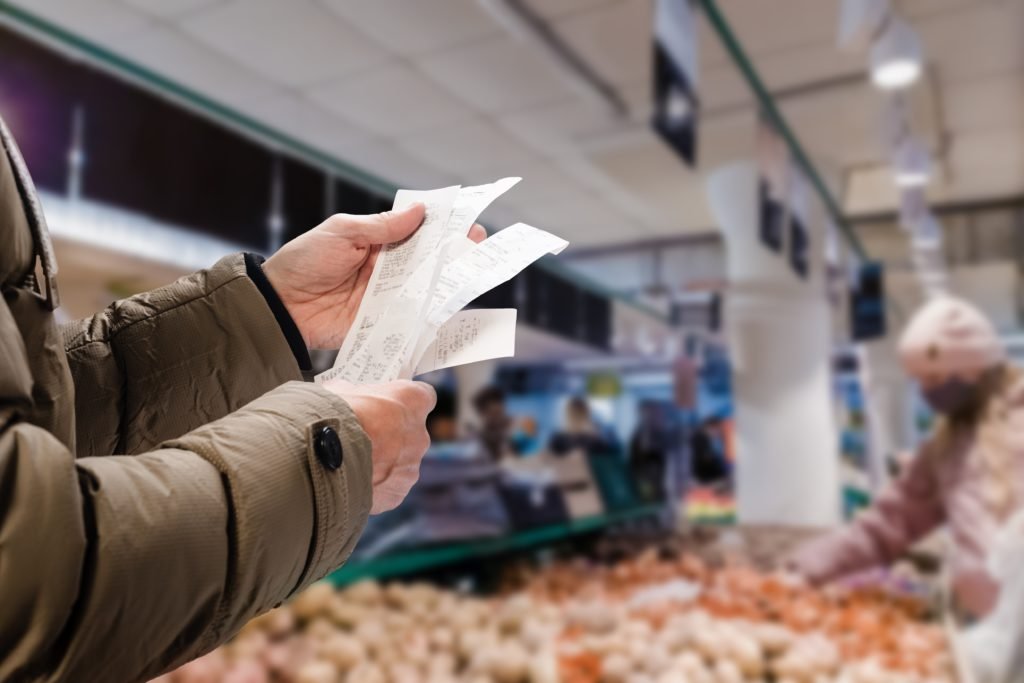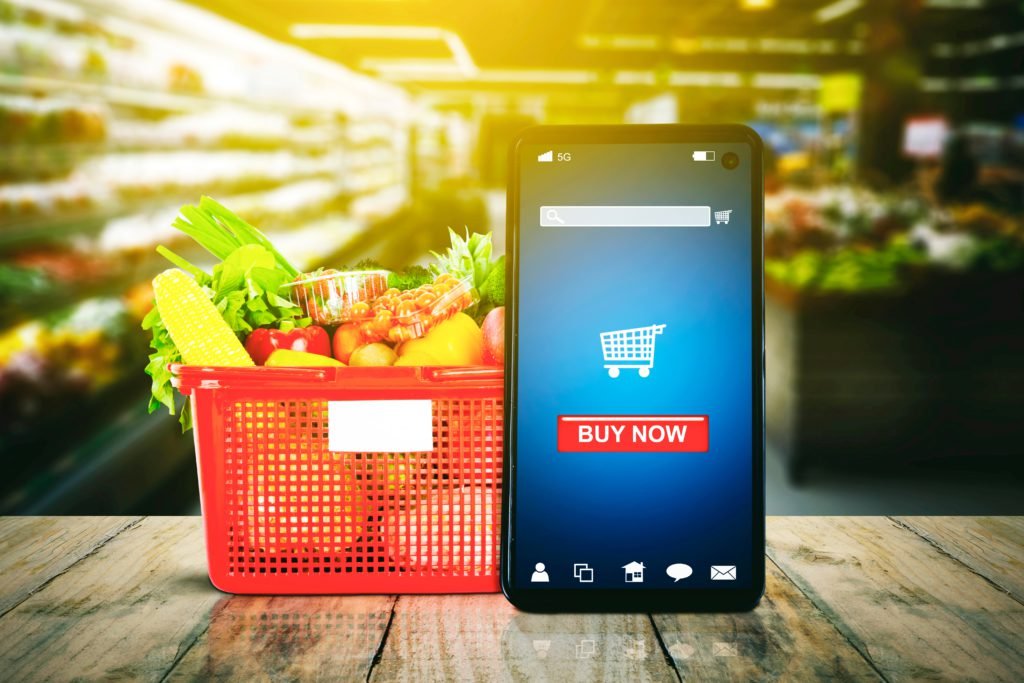How to Save Money on Groceries in Australia
Even before the pandemic, groceries often ranked as one of the biggest household expenses alongside mortgage and rent. Inflation and supermarket price gouging has only made things worse in recent years, making it harder for Australians to keep food on the table. In fact, between 2021 and 2023, the cost of grocery staples like bread, milk, and cheese rose over 20%. But you shouldn’t need to take out a cash loan to feed your family, and there are still lots of ways to cut down your food bill. Read on to learn how to save money on groceries in Australia!
Overview:
- Switch supermarkets
- Buy in bulk
- Plan ahead
- Don’t shop as often
- Buy store brands
- Use apps to score savings
- Ditch pre-prepared foods
- Don’t buy non-grocery items
- Check out supermarket clearance stores
- Buy produce in season
- Try the 6 to 1 grocery rule
11 ways to save money on groceries in Australia
1. Switch supermarkets for a cheaper alternative
While you might not be able to completely ditch Woolworths or Coles, Aldi can be an excellent alternative for getting most of your groceries on the cheap. Based on Choice surveys of common grocery items, Aldi has consistently been cheaper than the big two supermarkets. Going to a place like Aldi takes a little getting used to, but most people say their grocery bills are 20–30% cheaper. You should approach Aldi knowing that you might not find everything on your list.
Other independent shops like local butchers, fishmongers, and fruit and veg shops can be a cheaper alternative, depending on what you’re looking for. It pays to shop around and find the best deal if you can.
You can also ditch the supermarket fruit and veg and try an “ugly” produce box. Up to 30% of lumpy and blemished produce doesn’t even make it to the major retailers, resulting in tonnes of food waste. But some organisations collect what would have gone to waste, delivering a box of perfectly delicious, if a little unsightly, fruits and vegetables to your door! Funky Food and Farmers Pick operate all along the east coast of Australia, and can be up to 40% cheaper than the supermarkets.
2. Spend less on groceries by buying in bulk
You can usually save money on groceries when you purchase items in bulk, like rice, beans, and toilet paper. But before you invest in a 10 kilo bag of rice or 60 TP rolls, make sure you’ve got enough room to store them!
If you really like certain foods and they’re on sale, stock up on them. If you and your partner or family eat a decent amount of meat, check the sales and buy the larger packages. Package up what you’ll eat that week, then put the rest in the freezer for future meals. Buying and cooking in bulk can save big bucks on grocery shopping.
One way to make sure you’re actually saving money on a bulk purchase is to check the price per unit. You’ll usually find this below the actual price of the item, and it can help you compare products to find the best deal.
3. Plan ahead
One of the best ways to save on groceries is to plan ahead. Before you head to the supermarket, check your pantry, fridge and freezer. What items do you have on hand? Are there a few things you can get to make a meal with what you already have? By doing this, you use everything you buy and will save yourself money in the long run.
Making a list can help you plan ahead, especially if you look online to find specials or cheaper alternatives before you hit the aisles. It’s also a great way to help you avoid impulse buying and stay away from tempting, but expensive, purchases.
4. Don’t go to the supermarket as often
It might sound obvious but limiting the number of trips you take to the supermarket will help you to save on groceries. If you limit your visits to once a week or once every fortnight, you can restrict making impulse purchases and try to use up everything you have at home.
5. Buy store brands
Picking the basic store brand over a brand name for essentials will always save you money on your Picking the basic store brand over a brand name for essentials will always save you money on your grocery bill. Some store brand products are made in the same factories with nearly identical ingredients as their branded counterparts.
Nine times out of 10, you won’t be able to taste the difference but you will notice the savings on your bill.
6. Use apps to score more savings
If you make use of supermarket apps, you can save even more on your groceries, Australia!
The big chains like Woolworths and Coles both have apps. You can check for discounts and sales while you make your list. Or you could try out an app that checks and compares the stores for you, like Trolley Saver, which covers Coles, Woolworths, Aldi and a few independent stores.
Trolley Saver isn’t the only one out there; do some research and see what will work best for you.
7. Ditch pre-prepared foods
Another key to inexpensive groceries is to ditch pre-cut or prepped food. While you may want to save yourself a step, it is better on your wallet if you do the prep work yourself. Cut up the veggies and fruit yourself. Make the salad yourself. Find some good recipes on Pinterest and make the cookies, bread and muffins at home. You’ll often find they taste better, and it is better for you. Plus, you’ve saved heaps by doing it yourself!
8. Don’t buy non-grocery items
Although it seems easy to grab the pet food and moisturiser at the supermarket, don’t—unless they’re on special. You’ll spend a lot less money if you purchase things like that at online specialist stores like Pet Circle and Chemist Warehouse.
9. Check out supermarket clearance stores
Places like Not Quite Right offer opportunities to obtain items that are up to 70% less than regular supermarket prices. The stores can offer these deals because they get excess stock, cancelled grocery orders, or discontinued lines. One thing you’ll want to watch for is that some of the food may be at or beyond its best before date.
But unlike a use by date, a best before date doesn’t mean the food has gone bad. According to Food Standards Australia New Zealand, you can still eat food for a while past its best before date, though it may lose some quality and flavour.
10. Buy produce when it’s in season
Eating produce when it’s not in season doesn’t just taste worse, it can also be a lot more expensive. When you’re food shopping on a budget, keeping an eye out for what’s in season will do wonders for your wallet and help your meals taste better too.
11. Try the 6 to 1 grocery rule
Have you heard of the 6 to 1 grocery rule? You might also hear it called the 5, 4, 3, 2, 1 rule, but it’s essentially the same thing. Every time you go shopping, you pick:
- Six vegetables
- Five fruits
- Four proteins
- Three starches
- Two sauces or spreads
- One fun item
Doing this can help streamline your grocery shopping to save time and money. It’s an easy way to diversify your shopping too, making sure you’re getting enough nutrients and variety in your meals to stay healthy, all while keeping the costs down.
Don’t let grocery bills ruin your finances
We all know how hard it can be to stay on budget with food shopping. In fact, many Australians find themselves using a credit card to pay for groceries as they struggle to make ends meet between paychecks. Use our tips to save on groceries and consider taking out a small personal loan from Swoosh to get rid of that credit card debt once and for all. Contact us if you’d like more information.










